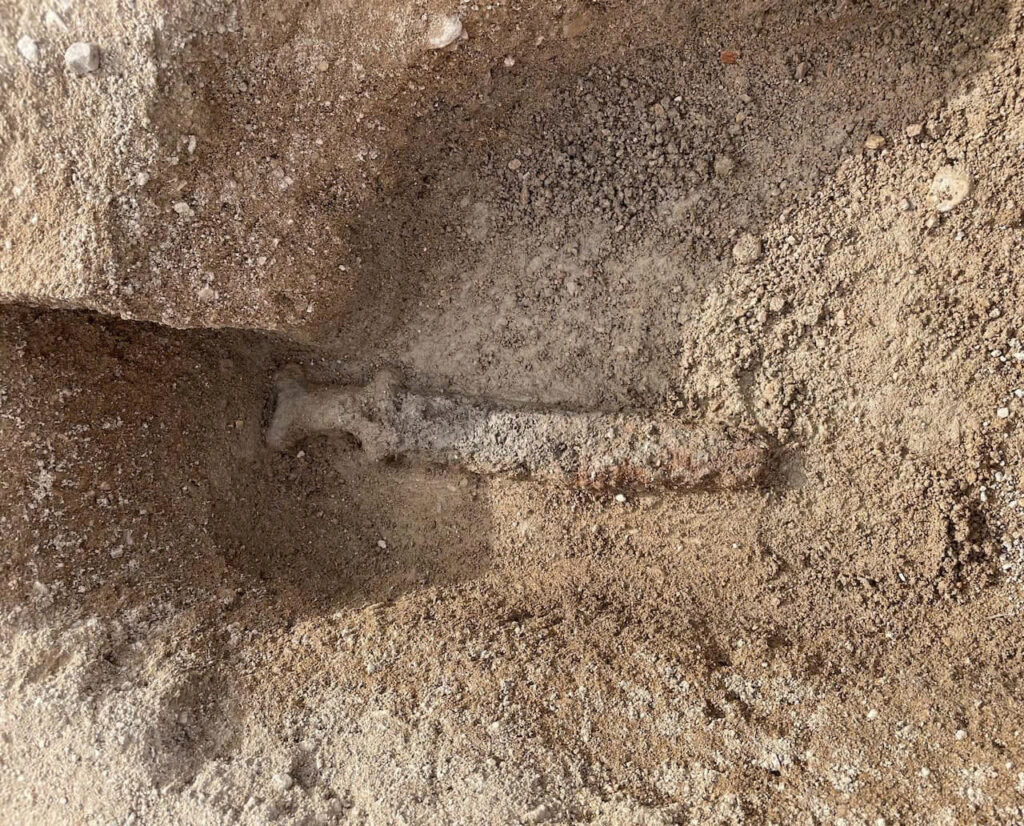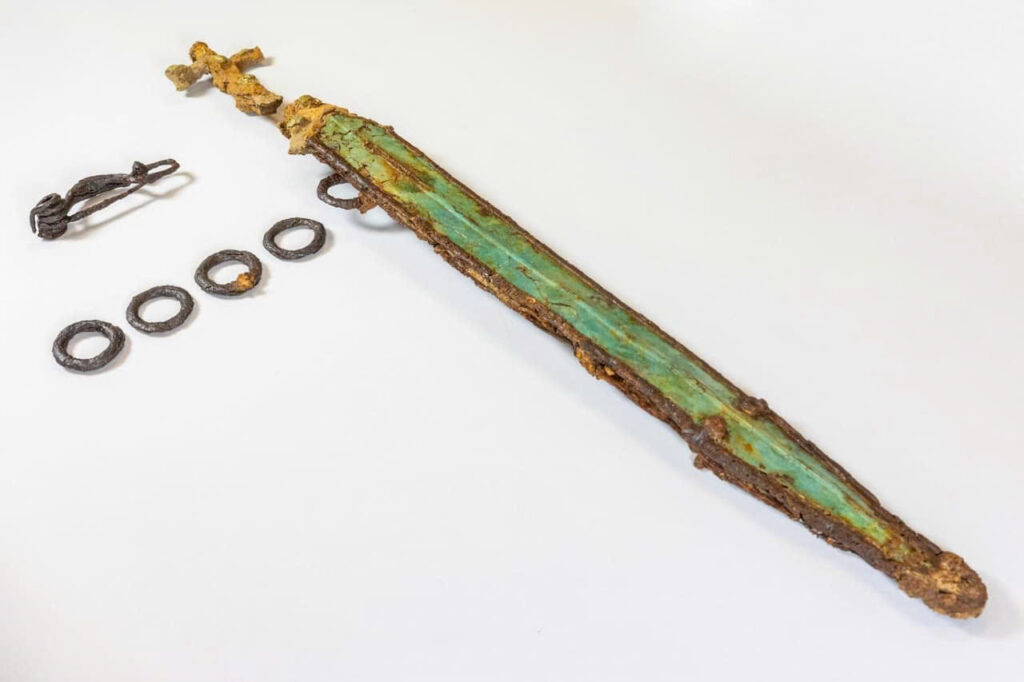In a remarkable archaeological discovery, researchers have unearthed a significant Iron Age necropolis in central France that provides unprecedented insights into Celtic society and funerary customs, despite the absence of human remains.
Prestigious Discovery in Auvergne-Rhône-Alpes
The National Institute for Preventive Archaeological Research (Inrap) team has revealed an extensive burial site dating back over 2,300 years at Creuzier-le-Neuf in the Auvergne-Rhône-Alpes region. The cemetery spans approximately 650 square meters and features a distinctive quadrangular enclosure surrounded by a substantial ditch, characteristic of high-status Celtic burial grounds.

More than one hundred graves have been identified within the enclosure, predominantly arranged in a north-south orientation. The scale and organization of this necropolis bear striking similarities to contemporary cemeteries discovered in Champagne, the Paris Basin, and Burgundy, suggesting widespread cultural connections and shared ritual practices across pre-Roman Gaul.
Preservation Challenges and Archaeological Ingenuity
The highly acidic soil conditions at the site completely dissolved all skeletal remains, eliminating the possibility of traditional anthropological analysis. However, this preservation challenge hasn’t prevented archaeologists from gaining valuable insights into the social status and cultural practices of those interred, thanks to remarkably well-preserved metal artifacts and grave goods.
Elite Warriors and Their Treasures
Magnificent Swords Tell Tales of Status
The most spectacular finds are two complete swords still housed in their original sheaths. These exceptional weapons, dated to the early 4th century BCE, represent the pinnacle of Celtic craftsmanship and symbolize the warrior elite status of their owners.

The first sword, discovered in tomb 782, features extraordinary decoration, with its sheath adorned with intricate spiral motifs and circular patterns known as ocelli. The hilt and front plate, crafted from copper alloys, showcase inlaid cabochons with swastika-shaped decorations and possible glass paste fragments. X-ray analysis revealed mysterious symbols at the blade’s tip—a circle and crescent moon separated by a line—suggesting possible ritual significance.
The second sword, from tomb 990, though more restrained in ornamentation, retains crucial suspension rings that indicate how it was worn close to the body. Fascinatingly, this weapon preserved textile fragments adhered to the sheath through oxidation, potentially belonging to the deceased’s clothing, a protective shroud, or a ceremonial cover.
Jewelry and Personal Adornments
Nearly half the tombs contained metal adornments, primarily bracelets made from copper alloys. Some featured simple designs of coiled rods, while others displayed sophisticated craftsmanship with elaborate decorative patterns and concealed fastening mechanisms, demonstrating advanced metallurgical skills. One outstanding pair of bracelets features concentric circles and elongated curves—recurring motifs in Celtic artistic tradition.
The excavation also yielded 18 fibulae—functional brooches used to secure garments—crafted from iron or copper alloys. Despite their deteriorated condition upon discovery, careful restoration at the CREAM laboratory in Vienne revealed their original splendor. One particularly remarkable piece features a cabochon with a low-relief disc covered by repoussé silver sheet, dating to between the late 4th and early 3rd centuries BCE.
Video
Diverse Funerary Practices
Among the predominately inhumation burials, one cremation stands apart, offering evidence of ritual diversity within the community. Accompanying the cremated remains was a small, meticulously crafted vessel decorated with punched motifs alternating with painted bands, suggesting specialized funerary customs for certain individuals.
Archaeological Legacy

The excavation, conducted under the scientific direction of Benjamin Oury and Vincent Georges of Inrap, forms part of a larger development project led by Vichy Communauté and overseen by the Regional Archaeology Service. This significant discovery enhances our understanding of Celtic society during a critical period of European history and illustrates how advanced archaeological techniques can overcome preservation challenges to reveal the past’s hidden stories.
Despite the absence of human remains, the Creuzier-le-Neuf necropolis offers a rare window into the material culture, artistic achievements, and social hierarchies of Celtic communities in Iron Age France, adding a valuable chapter to our understanding of European prehistory.

